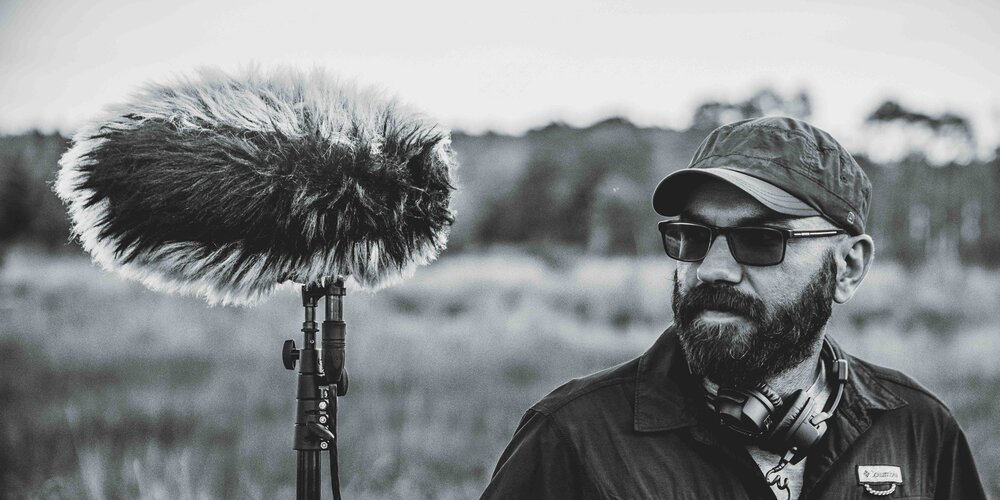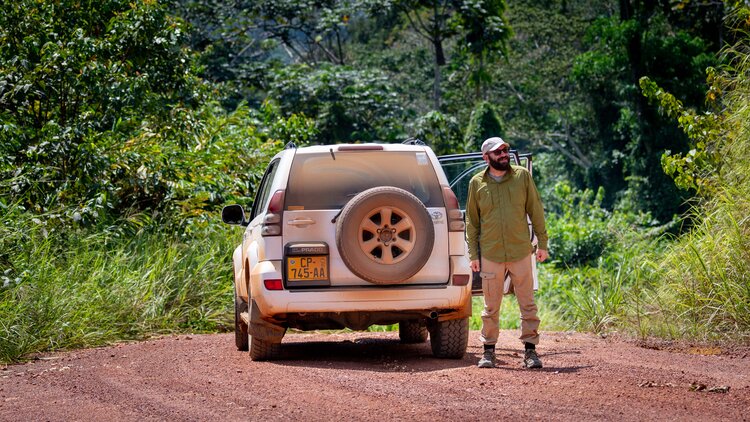Biodiversity surveying within rainforests is undergoing a revolution. Advances in bio-acoustics are opening up the potential to monitor the health of rainforests in a standardised way, cheaply and over large areas (1). Together with above-canopy measures of forest disturbance from satellite imagery, the deployment of audio devices throughout forests provide us with new ways of monitoring wildlife populations and detecting degradation in real-time.
It’s all very exciting.
But alongside scientist’s efforts to find ways of using cheap, scalable audio technologies for rainforest monitoring, there is also a world of intrepid field recordists and professional sound designers who are capturing the soundscapes of Earth’s wildest places in all their glory. Every magnificent recording provides a portal into an ecosystem and a moment in time, accessible to anybody in the world with a wifi connection.
I have no doubt in my mind that these high quality, acoustically rich audio recordings will be a treasure trove for future generations. A picture might paint a thousand words, but a soundscape plonks you slap bang in the middle of a landscape.
They transport you, sometimes into vanishing environments.
Through the past months, I have derived enormous pleasure listening and working to the tune of cicadas, oropendolas, gibbons, hornbills and elephants. I have whiled away many, many hours listening to thunderstorms in Gabon, downpours in Borneo and dawn choruses in the Amazon.
I have enjoyed two things in particular, that I thought I might share here for anybody who wants to shut their eyes for an moment and travel to a rainforest.
The first is the Nature Soundmap. This is a collection of sounds from across the globe, taken by a community of field recordists, and compiled very usefully into an interactive world map. Take a look here.
Second is the frankly spectacular work of George Vlad.
I met George briefly over a weekend in October, and I have been steadily enjoying his recordings every since, though I have derived particular joy from his work over the past few months.
George, through his travels, has amassed a truly astonishing library of soundscapes from many of Earth’s most important and least studied forests, and many other ecosystems besides.
I admire what he is doing tremendously.
E.O Wilson famously said that destroying a rainforest for economic gain is like burning a Renaissance painting to cook a meal.
In this light, I very much see every high-quality audio snapshot of a rainforest provided by the likes of George Vlad, and others, as a service to the world and future generations, and a piece of irreplaceable art, captured in perpetuity.
But whereas you can redraw a painting and make it look nearly indistinguishable from an original, the thing that really excites me about forest soundscapes is that no recording will ever be replicated exactly in life again.
Each is an encapsulation of a very specific moment, and a very particular set of animal behaviours and ecological interactions, set to the backdrop of a unique combination of environmental, and sometimes human forces.
Take a second to listen to this grumble of elephants George recorded in a Congo clearing in Gabon, and how it interacts with the booms of an approaching thunderstorm. It’s electrifying.
I would recommend spending some time exploring George’s website and recordings, which also provides some great kit reviews if you too are interested in getting involved in the art of capturing high-quality rainforest soundscapes. Alternatively, listen to this great podcast and get to know him a bit here.
In the meantime, here is a short interview with George and links to some of my favourite of his recordings.

Favourite forest moment? I like the biodiversity and the thickness of the soundscape. Nothing compares to waking up in the rainforest to a deafening dawn chorus of insects, birds, frogs, mammals small and large, a tropical storm maybe, or fog drip.
Sounds from the Congo

Kit for the sound-recording wannabes? I won’t say microphones or recordings devices since this goes without saying. One piece of kit that has been crucial in my rainforest expeditions is the humble dry bag, camouflage coloured. I take at least 10 if not more of these when I travel to humid places and they’re pretty much essential. (see George’s kit breakdown here)
Sounds from Borneo
Happiest rainforest experience? Difficult to say since no matter how tough it gets, I’m incredibly happy when I’m in this type of location. Possibly the time I recorded a family of elephants frolicking in the mud in the middle of a huge clearing in the rainforest at Langoue Bai in Gabon. Their calls beautifully complemented an approaching thunderstorm and created a hair-raising primal soundscape that I felt incredibly privileged to experience.
Sounds from Ethiopia’s cloud forests
Sounds from the Amazon
RELATED ARTICLES:




